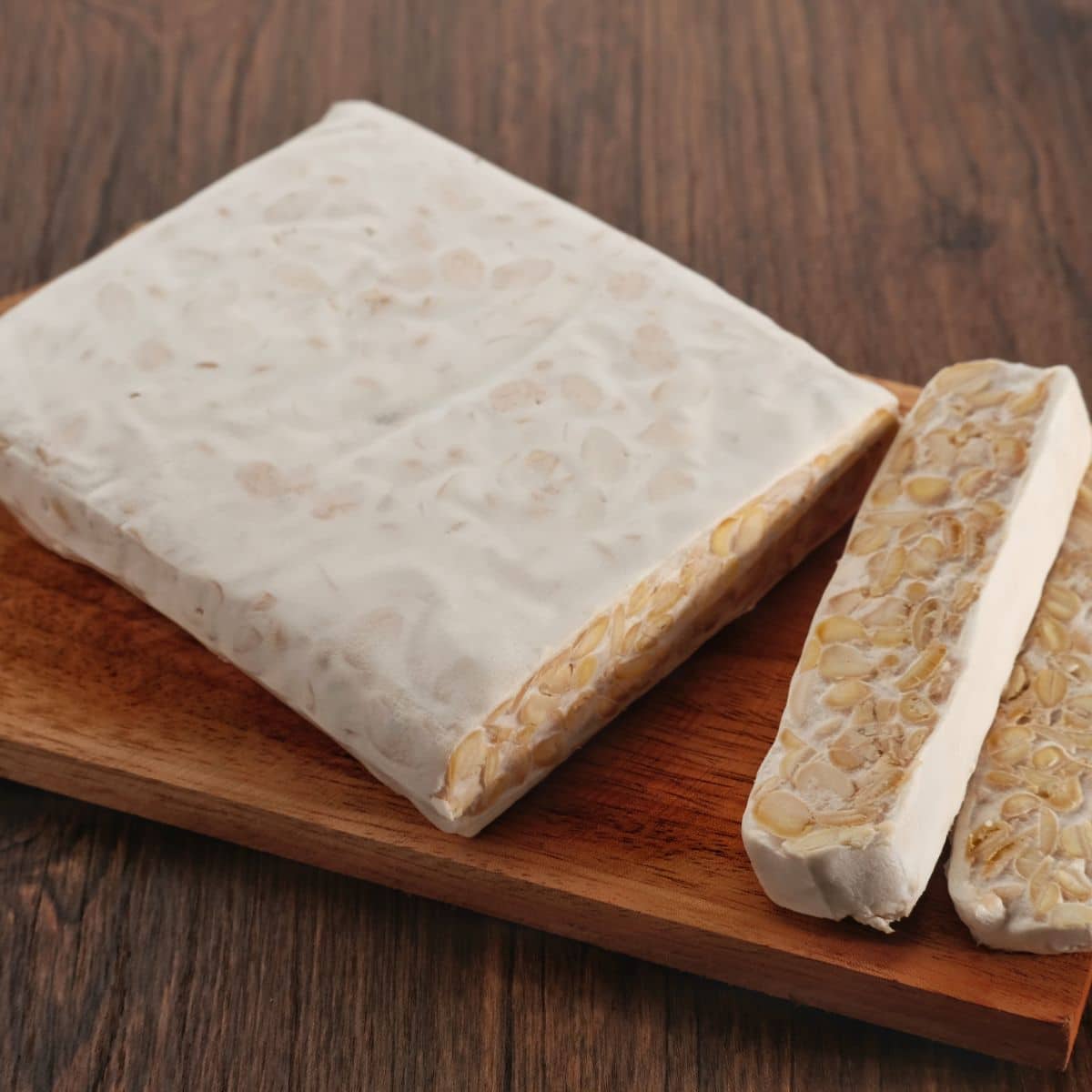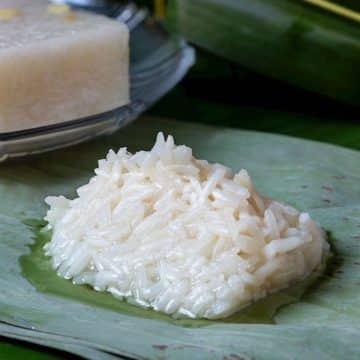In this article I'll walk you through the process of How To Make Tempeh from scratch. We will cover each step from selecting the right soybeans, inoculating with a starter culture, and incubating the mixture.

What is Tempeh?
Originating from the Indonesian island of Java, this fermented soybean cake is nutty, savory, and a great source of protein. Now a staple for many vegetarians and vegans, it can be marinated, fried, or added to sandwiches, salads, stews, and more. The possibilities are limitless!

History of tempeh
Tempeh is a traditional Indonesian food made from fermented soybeans. The history of tempeh can be traced back to the 12th century, during the time of the ancient Javanese kingdom, where it was known as "oncom". It wasn't until the 17th century that tempeh became popular throughout Indonesia, thanks to the influence of Chinese immigrants.
The modernization of tempeh production began in the 20th century, with the development of new technologies for tempeh processing. Today, tempeh is not only a popular food in Indonesia, but it is also widely consumed in many other countries. Tempeh has also gained popularity as a sustainable food option, as it requires less resources to produce than meat and has a lower carbon footprint.

Why Make Fresh Tempeh?
Making fresh tempeh offers several benefits over store-bought versions. Homemade tempeh is fresher, since it doesn't have to travel long distances or sit on store shelves for extended periods of time. This means that it retains more of its nutrients and has a fresher, more complex flavor.
Making your own tempeh allows you to control the ingredients and ensure that they are of high quality. You can also experiment with different types of soybeans, grains, and seasonings to create a customized tempeh.
Making tempeh at home is more cost-effective than buying it pre-made, especially if you make it in large batches. It is a great technique for balancing your food costs!

Soy Beans
Tempeh is traditionally made with soybeans, and that is what is shown in this tutorial. However, you can actually make it with any beans, like black beans, black-eyed peas, and chickpeas. You can also use grains such as brown rice, barley, or millet. In fact, tempeh can be made with just grains and no beans at all. Seeds like sesame, flax, or sunflower can also be added.
The Tempeh Starter
Making tempeh is a process of controlled fermentation. The beans are inoculated with a starter culture that contains Rhizopus mold spores (either Rhizopus oligosporus or Rhizopus oryzae), and then fermented at a warm temperature.
As the mycelium grows, it binds the beans into a dense, white cake. There are many sources for tempeh starters. You can source easily online via a search.
The Container
Tempeh should be made in a vented container with the beans lightly packed and no more than 1 inch deep. The vents must be large enough to allow for air circulation, yet not so large that the beans dry out.
I like using perforated zip-lock bags because they require little prep, they make it easy to see what is going on during incubation, and they form a tempeh cake with good size and shape. All you need to do is prick the bags with a skewer or large needle.
Other options include vented tupperware containers, a baking pan or pie plate with perforated aluminum foil or plastic wrap on top, or the traditional Indonesian banana leaves.
The Incubator
In order for the mycelium to grow, the beans must be kept at a temperature between 85° and 90°F (30c)for 24 to 48 hours. If the temperature is not warm enough, the tempeh spores may not grow and you may get unwanted bacteria. Conversely, if it is too hot, the spores may die.
A box-style dehydrator such as an Excalibur is a great incubator because it has a thermostat and room for air to circulate. Other options include an oven with the light on, a cupboard or cooler with a lightbulb or heating pad or a warm place in your house. Whatever you do, you want to make sure your incubator has good air circulation, so crack the door open if using an oven, cooler, or cupboard.
Tempeh recipe ideas
The possibilities for tempeh based recipes are limitless! You can add tempeh to almost any savory recipe. It provides a solid protein element to any recipe. Tempeh absorbs flavor really well, so no excuses for it not tasting good!

More recipe to try
📋 Recipe







Did you make this recipe? Let me know!